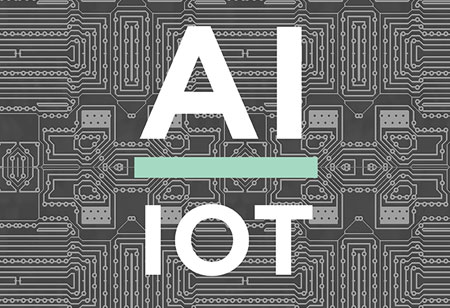THANK YOU FOR SUBSCRIBING
Key Types of Cyber Security Threats
Professionals in cyber security are constantly defending computer systems against various types of cyber threats.

By
Apac CIOOutlook | Wednesday, December 01, 2021
Stay ahead of the industry with exclusive feature stories on the top companies, expert insights and the latest news delivered straight to your inbox. Subscribe today.
A denial of service (DoS) attack is a type of cyber attack that overloads a computer or network, rendering it unable to respond to requests.
Fremont, CA: Professionals in cyber security are constantly defending computer systems against various types of cyber threats. Every day, cyber-attacks target businesses and private systems, and the variety of attacks has grown rapidly.
There are numerous reasons for cyber attacks. The first is money. Cyber attackers may take a system offline and demand payment to reactivate it. Ransomware, a type of attack that demands payment to restore services, is more sophisticated than ever.
Individuals are also targets of cyber attacks, often because they store personal information on their mobile phones and use insecure public networks.
Types of Cyber Security Threats
Password Attacks
A cyber attacker can gain access to a wealth of information with the right password. Data Insider defines social engineering as "a strategy cyber attackers utilise that relies on human interaction and frequently involves tricking people into breaking standard security practises." Accessing a password database or guessing a password are two other types of password attacks.
Man in the Middle
When hackers insert themselves into a two-party transaction, this is known as a man-in-the-middle (MITM) attack. According to Cisco, after disrupting traffic, they can filter and steal data. MITM attacks are common when a visitor connects to an unsecured public Wi-Fi network. Attackers place themselves between the visitor and the network, then use malware to install software and steal data.
Denial of Service
A denial of service (DoS) attack is a type of cyber attack that overloads a computer or network, rendering it unable to respond to requests. A distributed denial of service (DDoS) attack accomplishes the same thing, but the attack originates on a computer network. Cyber attackers frequently use a flood attack to disrupt the "handshake" process and carry out a DoS. Many other techniques may be used, and some cyber attackers may use the time that a network is down to launch additional attacks.





